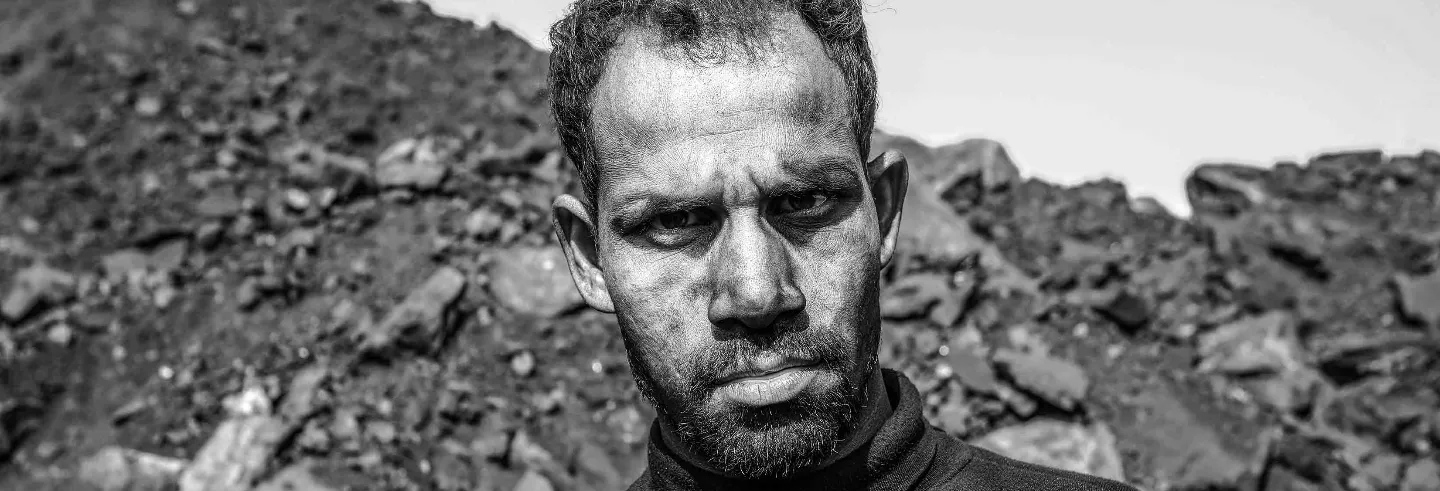Cheap coal is abundant in Jharkhand. But mining operations over nearly two decades have destroyed the ecosystem of the Chhota Nagpur region. Mine waste and toxic effluents have been dumped in the Damodar River, one of the major water systems of eastern India, which due to large-scale coal mining operations, is now one of the most polluted rivers in India.

Coal-mining operations have come at a huge cost for the Adivasis and Dalits of the region. These communities had earlier been engaged in agriculture, hunting, and rearing livestock, but now either work in the mines or as migrant labour.

Much of the coal in Jharkhand now comes from the Piparwar operational area of Central Coalfields Limited, a subsidiary of Coal India Several mines operate in this area, located mainly in Chatra district, and some parts of Ranchi district. Amongst the biggest coalfields in India, the North Karanpura coalfield in Chatra district has reserves of 14 billion tonnes of coal, around 9 percent of India's total coal reserves.

The Ashoka open-cast project in the North Karanpura Coalfield commenced operations in 1995. In 2013–14, it produced 7.50 million tonnes of coal. Every village in this region is directly or indirectly engaged with the coal industry. Every day, thousands of villagers in Piparwar go to work in the mines to support their families. For a meagre wage, men and women break coal and carry it in baskets on their heads to load on trucks. Much of the coal mining is illegal and unregulated, controlled by the coal mafia.

Everywhere you look in Piparwar, there is a coal mine. A fine layer of coal dust covers everything. The primary source of air pollutants, like coal dust, comes from the transportation of coal, but also from drilling, blasting, and the loading and unloading of overburden (the upper layer of soil and rock removed in open-cast mining to get to the coal below). These pollutants cause significant damage to public health and safety. For example, suspended coal dust is a leading cause of coal workers' pneumoconiosis, or black lung disease, caused by inhaling coal dust.

Coal dust is a by-product of open-cast mines, most of which are in Piparwar. A massive pit is dug in open-cast mining, and coal is removed from the bottom. The pit gets wider towards the top. The upper diameter can be as much as a kilometre wide. Compared to tunnelling, open-cast mining is considered more efficient but produces a significant amount of overburden. Open-pit mining causes long-term soil erosion, which ultimately contributes to changes in surface hydrology, groundwater levels, and flow paths, polluting rivers, ponds, and other water resources. Not just water bodies, environmental degradation affects the topography of the land, agriculture, forests, and biodiversity in the areas surrounding open-pit mines.

In Piparwar, what adds to the problem of coal dust and open-cast mines is effluent from coal washeries, coke-oven plants, and soft-coke batteries. Each year they release hundreds of millions of tonness of solid waste produced by coal-burning, including fly ash, bottom ash, and flue-gas desulphurization sludge. Due to all these factors, coal is the largest contributor to the human-made increase of carbon dioxide in the Earth’s atmosphere.

Till coal becomes commercially unsustainable and loses government patronage, Piparwar will continue to be hell on earth.
Nilesh Kumar is a travel and documentary photographer from Ranchi. The majority of his photography works revolve around the environment, adivasis and festivals.









